On the night of September 9th, 1960, an 18-year-old Barbra Streisand made her way through Greenwich Village to a tiny club called the Bon Soir to perform the first paid solo show of her career. “I remember walking to the club wearing an antique vest from the thrift shop and antique shoes from the 1920s that I still have in my closet today,” she says. “On the way, I remember thinking, This could be the beginning of a big change in my life.”
That’s a mammoth understatement. The impact of Streisand’s performances at the Bon Soir — starting that night and continuing for the next two years — set in motion what would become one of the most successful, sustained and, in a sense, improbable careers in the history of popular music.
In the same time frame that artists like The Beatles and Bob Dylan revolutionised the world with startlingly new sounds, Streisand became their chart rival with albums that somehow made decades-old songs sound like a revolution of their own. Two years into her run at the Bon Soir, Columbia Records, the same company that had recently signed Dylan, had enough confidence in the singer to consent to a gutsy stipulation in her contract that she retain total artistic control. To capture the buzz Streisand had created in the Village, Columbia executives suggested she make her debut album a live recording from the club that launched her. Considering the power of the shows they recorded, she expected to be thrilled by the tapes. But “when I heard them, I was very disappointed”, she says. “I didn’t like the quality. That room wasn’t meant to be a recording studio.”
Consequently, Columbia shelved the album, releasing a studio recording as her debut instead. The result paid off big time, resulting in a top 10, platinum-selling hit that also earned her two Grammys, including the album-of-the-year award. Even so, dedicated fans have pined for decades to hear the legendary, shelved recording from the Bon Soir. Over the years shoddy bootlegs have turned up, and in 1991 some of its songs appeared on Streisand’s box set, Just for the Record. But even there the instruments bled into each other. Another three decades would pass before innovations in sound mixing would advance to the point where a gifted engineer — in this case Joachim van der Saag — could achieve the proper balance. “After I heard Joachim’s mixes I was very, very pleased,” Streisand says.
As a result, in November, the Barbra Streisand at the Bon Soir album will finally be released, exactly 60 years after the original shows were recorded. While the new mixes allow the four instruments that backed Streisand on those nights to finally find their rightful place, “Barbra’s vocals were left untouched,” says the album’s co-producer Jay Landers. “What you hear is exactly what she sang.”
The singer rarely talks about the motivations behind her early recordings, in part because she is seldom asked. When you’re a megacelebrity, people sometimes overlook or take for granted, the essential talent that made you that famous to begin with. Despite her stratospheric fame, Streisand is anything but a diva in conversation. She speaks genially and with the casual cadences that betray her Brooklyn roots. Streisand’s memory of her early days in Brooklyn, as well as her formative musical inspirations, have been sharpened in the past few years, which she has spent writing her memoir. “I never had to analyse my music before,” she says. “For the book I had to remember.”
The lyrics to that song [Singin’ Bee] gave me the three acts of a play that I longed for as an actress
Her memories of singing snake back to age five. “I was always the kid on the block who had no father but a good voice,” she says. (Streisand’s dad died of an epileptic seizure when she was just one.) “I loved singing in my hallway in Brooklyn because it had a high ceiling, so when I would sing it would echo.”
Streisand says she didn’t listen to music at all as a kid. “I never even had a Victrola, as we called them back then,” she says with a laugh. At 16 she acquired one and began to play jazz albums, prizing work by Billie Holiday in particular. She was drawn as well to the style of Johnny Mathis. “I remember watching him on TV and thinking, ‘God, what a beautiful voice he has, and how handsome!’” she says.
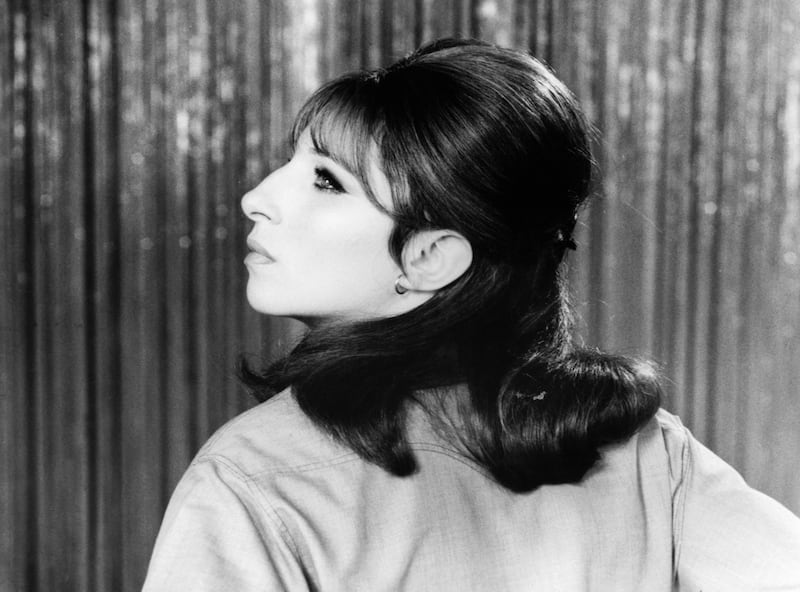
Even so, she had no interest in becoming a recording artist herself, instead focusing laser-like on becoming an actor. After seeing The Diary of Anne Frank at age 14 — she was the same age and religion as the title character — Streisand started attending professional acting classes and working in summer stock (US theatre where certain theatres only present stage productions in summer). “Playing characters was my life, my ambition, my dream.”
At the same time, friends began to recognise the size, depth and beauty of her singing voice. Key to that was Barry Dennen, whose Greenwich Village apartment she would crash in so she wouldn’t have to schlep home to Brooklyn after acting class. It’s often been reported that they were romantically involved. “That’s not true,” says Streisand. “We loved each other as people, but we weren’t lovers. I was grateful that he had this vast record collection with a lot of Broadway cast albums and older singers. What a gift!”
From his collection she drew much of the material that would comprise her early set lists. The song that best defined her mission in singing was A Sleepin’ Bee, with music by Harold Arlen and lyrics by Truman Capote for the 1954 musical House of Flowers. “The lyrics to that song gave me the three acts of a play that I longed for as an actress,” she says. “And Harold was one of those writers who could write these magnificent melodies. That gave me what I needed.”
Small wonder she chose to perform the song in a singing contest that Dennen nudged her to enter at the Lion, a g
'I never thought about breath control. I never thought about anything! I didn’t know technically how to sing from the diaphragm or whatever the hell they talk about’
ay bar in the Village. Streisand won and, at the urging of another friend, she tried out for a gig at the Bon Soir that led to a run of dates opening for the comic Phyllis Diller. Not that everything clicked for her so easily. The Village Vanguard turned her down when she auditioned for them. Worse, her try-out incurred a rebuke from Miles Davis. A friend of hers who worked at the Vanguard asked the guys in Davis’s band to back her for the audition, which angered the jazz great. “He said to him, ‘Never do that again!’” Streisand recalls. “‘You took my guys and had them play for this girl?’ I’ll never forget that.”
At the start of the Bon Soir recording we hear her strongest champion at Columbia Records, David Kapralik, mispronounce her name in the introduction as Barbra “Strei-zand.” “It’s Strei-sand,” she tartly interjects. “It’s the funniest thing to me that people still can’t seem to get my name right,” she says. “Even today I had to correct my new assistant.”
The material that follows Kapralik’s introduction demonstrates Streisand’s flair for unearthing rare musical curios, including the 1938 Rodgers and Hart song I’ll Tell the Man in the Street and, from the same year, the Disney ditty Who’s Afraid of the Big Bad Wolf?, a children’s song no adult thought to cover before. Some of the songs she tackled in the show, like 1928′s Lover, Come Back to Me, required her to sing at what you could call a breath-defying pace, an early point of distinction. “I never thought about breath control,” Streisand says. “I never thought about anything! I didn’t know technically how to sing from the diaphragm or whatever the hell they talk about.”
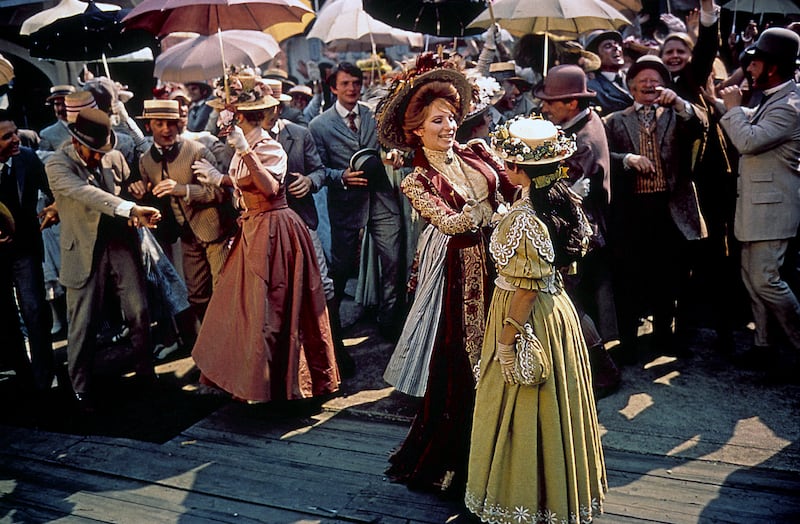
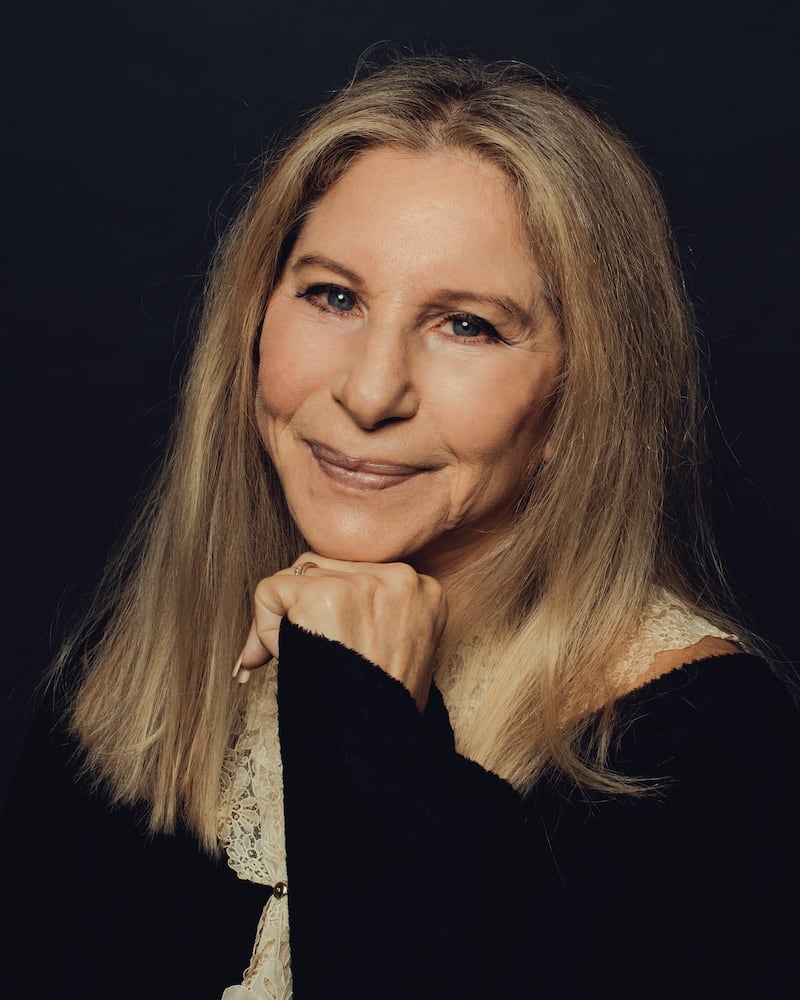
She simply seemed to have the innate ability to sustain notes for daunting lengths. “I hold the notes because I want to!” she says.
Likewise, Streisand says she never gave a thought to her diction, despite phrasings that cut as sharp as a Ginsu knife. “If I do that, it’s probably because of the lyric,” she says. “I want to emphasise the emotion with a sound.” Mainly, her focus fell on the character portrayed in the song. “I was always thinking, What is this person going through?”
Exhibit A would be the single from the Bon Soir set, Cry Me a River. Seven years earlier the song had been a smash for Julie London in a deeply sultry version. Streisand’s take leant into the character’s lust for vengeance, delivering each word like a stab to the heart. “I’m recreating the face of someone who made me cry a river,” she says. “Now I’m saying, ‘You’ll cry a river over me!’ It’s very personal.”
Still, the song that earned the most recognition from the audience at the Bon Soir was her full-scale tear-down of Happy Days Are Here Again, a signature piece she performs to this day. Her version transformed the song from a peppy declaration to a slow, sad ballad, rife with irony. She came to the song through an act of fate — or, as she terms it, “bashert”, the Yiddish word for destiny. It struck when she was preparing to appear on Garry Moore’s TV Show. “Every week they would pick a year and then the singer had to sing a song from it,” she recalls. “They picked 1929. So I thought, Why not take Happy Days and slow it down? Then I could talk about the stock-market crash through the song.”
I have to get what I hear out. I can’t explain how and why. It comes out of my head or my throat and then, suddenly, it’s just ... there’
To accomplish that she had writers add a verse about a woman who lost her money in the crash and then goes to a bar to trade her jewellery for a drink. “That made it worthwhile for me to act the song,” she says.
One of the most impassioned performances on her debut was a cover of A Taste of Honey, a song The Beatles also recorded a month later. Yet so focused was Streisand’s attention on her lane that she paid no attention either to The Beatles or to Dylan, even though the latter was playing just blocks away from her in New York at the time. “I appreciate them now, but I didn’t understand it then,” she says. “It wasn’t a part of my life.”
Her tunnel vision paid off when she brought the work of writers like Oscar Hammerstein and Cole Porter to the pop charts at a most unlikely time. “It was so old, it was new,” she cracks.
In that phase of her career Streisand didn’t only go against the trends in music but also challenged conventional notions of female beauty in an era when few did. It was her friend Bob Schulenberg, the illustrator and make-up artist, whose drawings of her “made me aware of what was beautiful about my face, which I wasn’t aware of at all”.
Schulenberg wasn’t alone in noticing her allure. When the fashion legend Diana Vreeland put Streisand on the cover of Vogue magazine she chose a shot that focused on the singer’s prominent nose, a watershed moment for many women’s self-image. “I was thrilled about that!” the singer says. Before that “I was called embarrassing names”. One critic compared her profile to an anteater’s. “Another critic said I looked like the Egyptian queen Nefertiti,” Streisand says, laughing. “I thought, really? Maybe I’m both”
Streisand was equally bold in her approach to genre. For her 1973 TV special, Barbra Streisand and Other Musical Instruments, she performed with musicians from Africa, Turkey and Spain, helping to pioneer “world music” years before Paul Simon did. By that time, however, the popularity of new rock and pop had become too powerful to ignore, so her label chief, Clive Davis, urged her to start recording songs written by artists like Lennon and McCartney and Paul Simon.
Streisand admits that the transition was “very hard”. After all, everything about songwriting had changed from the era she was used to. Streisand’s first attempt to tackle such things on the 1969 album What About Today? was at times unfortunate, to use her word. Her second try, Stoney End, fared far better, benefiting from the dramatic sweep of the title track penned by the Broadway-savvy songwriter Laura Nyro. It resulted in one of Streisand’s biggest hits. Though she called getting the hit “a wonderful surprise”, her struggle with new pop continued. When her producer Richard Perry told her to sing on the beat, she shot back “Why do I have to? I never did that! I back phrased. I front phrased. I did whatever the hell I did.”
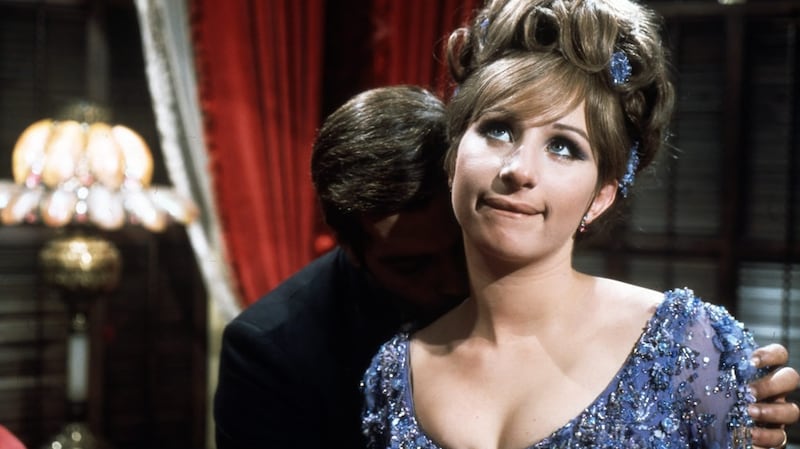
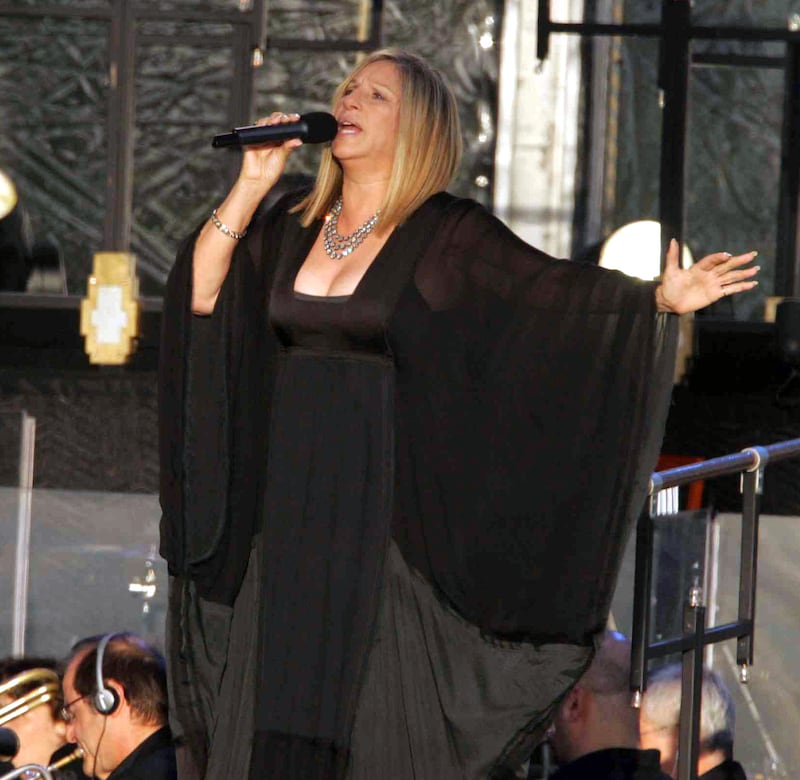
Even so, she wound up racking up even more hits in her “modern” era than in her earlier, wilder one, reaching a career peak with 1980′s Guilty album, produced by Barry Gibb. It told more than 12 million copies worldwide. Still, she admits she didn’t understand Gibb’s words in the title song. “It wasn’t a lyric I was used to, that had continuity to it,” she said. “It was abstract. I don’t like abstract.”
She was more comfortable returning to the classics, as she did in 1985 with The Broadway Album. The singer says her record company considered the Broadway concept so uncommercial they didn’t even want to count it towards her contract. It wound up selling more than four million copies in the United States alone. Gorgeous and graceful as that album may have been, it veered from the sheer radicalism of her 1960s work. Those early albums remain perhaps the most adventurous of her career.
On works dating back to the Bon Soir recording, we can hear the formation of her process. Not that Streisand herself can tell you exactly what that process is. “So much of what I do is just something I hear in my head,” she says, as if in apology. “I have to get what I hear out. I can’t explain how and why. It comes out of my head or my throat and then, suddenly, it’s just ... there.” — Guardian
Barbra Streisand’s album Live at the Bon Soir will be released by Sony on Friday, November 4th
















